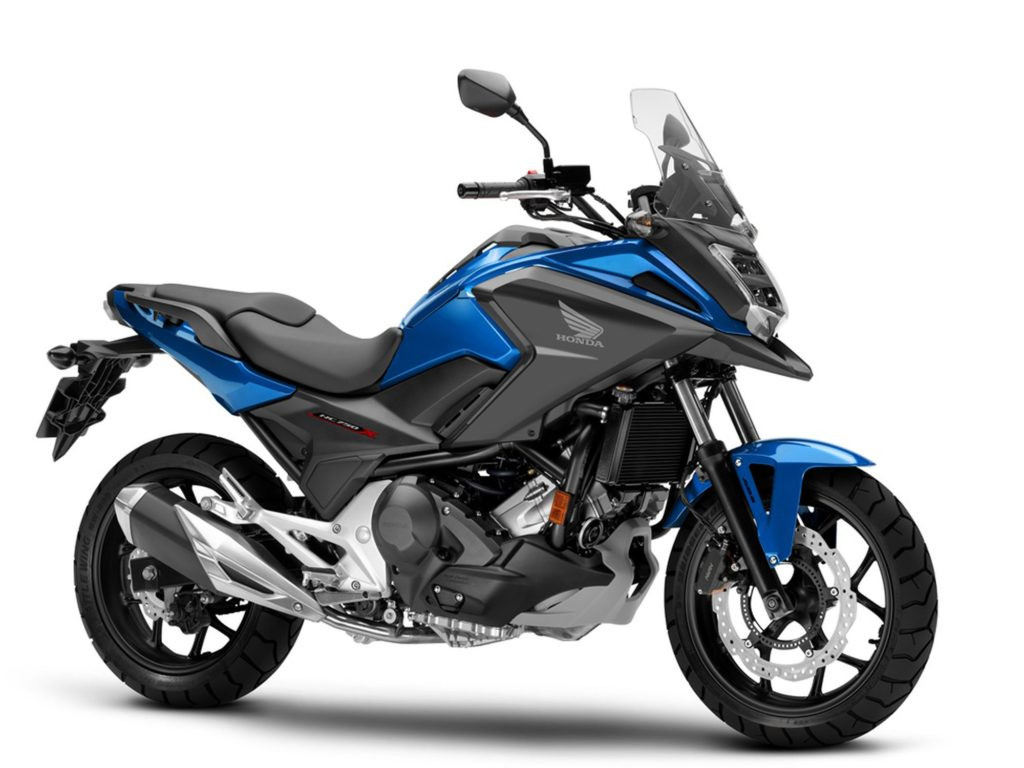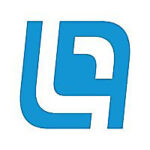For many motorcycle enthusiasts, the rhythmic dance of clutch and gear lever is integral to the riding experience. However, a growing segment of riders is embracing a different approach: the automatic motorcycle, often referred to as Dct Bikes. DCT stands for Dual Clutch Transmission, a technology that brings the convenience of an automatic gearbox to the world of two wheels. If you’re curious about what dct bikes are all about, and whether they might be the right choice for you, let’s delve into the world of automatic motorcycle transmissions.
The concept might seem foreign to traditionalists, but dct bikes are gaining traction, and for good reason. Imagine cruising down the open road, enjoying the scenery, without the need to constantly engage the clutch and shift gears. This is the promise of dct bikes, offering a more relaxed and accessible riding experience. Originally popularized by Honda, with their Goldwing DCT model leading the charge, this technology is changing perceptions and opening up motorcycling to a broader audience.
What is a Dual Clutch Transmission (DCT) in Motorcycles?
At its core, a DCT operates much like an automatic transmission in a car. However, unlike a traditional automatic, a DCT uses two clutches to pre-select gears, resulting in incredibly smooth and rapid gear changes. In essence, while one clutch is engaged and powering the engine, the other clutch is already prepared with the next gear. This clever engineering eliminates the power interruption typically associated with gear shifts, providing a seamless and refined riding experience.
For riders accustomed to manual transmissions, the most immediate difference on a dct bike is the absence of a clutch lever. Like an automatic car, you simply select ‘Drive’ and go. The motorcycle handles gear changes automatically, optimizing performance and efficiency based on speed, throttle input, and riding mode. However, dct bikes often offer a manual override mode, allowing riders to take control of gear shifts using paddle shifters or, in some cases, a traditional foot-operated lever. This provides a degree of engagement for those moments when you desire more direct control.
 Honda Goldwing Tour DCT on a scenic road
Honda Goldwing Tour DCT on a scenic road
DCT Bikes vs. Traditional Manual Motorcycles: Key Differences
The most significant divergence between dct bikes and their manual counterparts lies in the transmission. Traditional motorcycles rely on a manual clutch and gear lever, demanding rider input for each gear change. This system, while engaging for many, can also be demanding, particularly in stop-and-go traffic or during long rides.
DCT bikes, on the other hand, automate this process. The benefits are numerous:
- Ease of Use: New riders often find the clutch and gear coordination challenging. DCT bikes remove this barrier, making motorcycling more accessible to beginners and those seeking a less demanding ride.
- Reduced Fatigue: For experienced riders, especially on long journeys or commutes, the constant clutch and gear work can lead to fatigue. DCT bikes alleviate this, contributing to a more relaxed and enjoyable ride.
- Smooth and Quick Shifts: DCT technology provides incredibly smooth and rapid gear changes, often exceeding the speed and smoothness achievable with a manual transmission. This translates to a more refined and comfortable ride.
- Focus on the Road: By eliminating the need to manage gear changes, dct bikes allow riders to focus more on their surroundings, traffic conditions, and the overall riding experience, potentially enhancing safety.
However, there are also considerations:
- Loss of “Control” Feel: Some riders relish the direct connection and control offered by a manual transmission. DCT bikes, while offering manual override, inherently remove some of this direct mechanical engagement.
- Slow Speed Maneuvering: As highlighted in the original article, slow speed control, particularly in tight maneuvers, can feel different on a dct bike. The friction zone control is managed by the motorcycle, which might require some adjustment for riders accustomed to manual clutch control.
- Engine Braking Feel: The engine braking characteristics might feel slightly different on a dct bike compared to a manual, though modern DCT systems are designed to mimic this feel effectively.
Honda: A Pioneer in DCT Motorcycle Technology
Honda has been at the forefront of DCT technology in motorcycles, consistently expanding its lineup of dct bikes. The Honda Goldwing Tour DCT is perhaps the most well-known example, showcasing the suitability of DCT for large touring motorcycles. Its popularity speaks volumes, with a significant percentage of Goldwing buyers opting for the DCT version.
Beyond the Goldwing, Honda’s DCT offerings extend to various motorcycle categories:
- Honda Rebel 1100 DCT: Bringing DCT to the cruiser segment, the Rebel 1100 DCT combines laid-back styling with the convenience of automatic transmission.
 Honda NC 750X DCT Adventure Motorcycle
Honda NC 750X DCT Adventure Motorcycle
- Honda NC750X DCT: An adventure-touring model, the NC750X DCT offers versatility and practicality, enhanced by the ease of DCT.
- Honda Africa Twin DCT: For more serious adventure riders, the Africa Twin DCT provides off-road capability with the option of automatic transmission, which can be particularly beneficial in challenging terrains.
Honda’s commitment to DCT underscores its belief in the technology’s benefits and its appeal to a wide range of riders. Their continuous refinement of the DCT system over the years has resulted in increasingly sophisticated and responsive transmissions.
Riding Tips and Techniques for DCT Bikes
While the fundamental principles of motorcycle riding remain the same, there are some nuances to consider when riding dct bikes, particularly if you are transitioning from a manual motorcycle.
Cornering: As mentioned in the original article, dct bikes might downshift mid-corner in automatic mode. While the shifts are smooth, some riders may prefer to preemptively select the desired gear before entering a corner, mimicking the traditional manual downshifting approach. Using the manual override mode to downshift before the turn ensures the bike is in the optimal gear and avoids any mid-corner gear changes.
Slow Speed Control: Mastering slow speed maneuvers on dct bikes requires adapting to the absence of direct clutch control. Techniques like rear brake drag and smooth throttle input become crucial for managing the friction zone and maintaining balance at low speeds. Experimenting with different riding modes, such as “Rain” mode which offers softer throttle response, can also be beneficial for slow speed control.
Manual Mode Utilization: While the automatic mode is a key advantage of dct bikes, don’t hesitate to explore the manual mode. It allows for more engaged riding when desired, offering control over gear selection for specific situations like spirited riding or overtaking. Familiarizing yourself with the paddle shifters or foot shifter (if equipped) will enhance your riding versatility.
Pros and Cons of DCT Bikes: Is Automatic Right for You?
DCT bikes offer a compelling alternative to traditional manual motorcycles, but they are not without their trade-offs. Weighing the pros and cons is essential in determining if a dct bike aligns with your riding preferences and needs.
Pros:
- Effortless Riding Experience: DCT significantly reduces rider workload, especially in traffic and on long rides, leading to a more relaxed and enjoyable experience.
- Smooth and Seamless Gear Changes: DCT provides incredibly smooth and quick gear shifts, enhancing ride comfort and performance.
- Accessibility for New Riders: DCT lowers the barrier to entry for new riders, making motorcycles easier to learn and control.
- Potential Safety Benefits: By reducing the cognitive load of gear shifting, DCT allows riders to focus more on road awareness and potential hazards.
Cons:
- Reduced Mechanical Engagement: Some riders may miss the direct feel and engagement of a manual transmission.
- Different Slow Speed Handling: Slow speed control requires adaptation and different techniques compared to manual clutch control.
- Potentially Higher Cost: DCT-equipped models may sometimes come with a higher price tag compared to their manual counterparts.
- Perception and Tradition: Some traditional motorcyclists may view automatic transmissions as less “authentic” or engaging.
Ultimately, the decision of whether to choose a dct bike is a personal one. If you prioritize ease of use, relaxed riding, and smooth performance, and are open to adapting to a different riding experience, then a dct bike could be an excellent choice. As technology continues to evolve, dct bikes are poised to play an increasingly significant role in the future of motorcycling, offering a compelling blend of convenience and riding pleasure.

